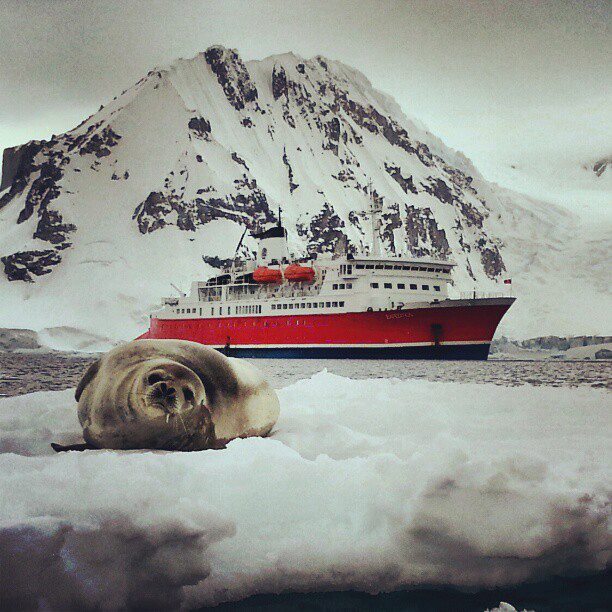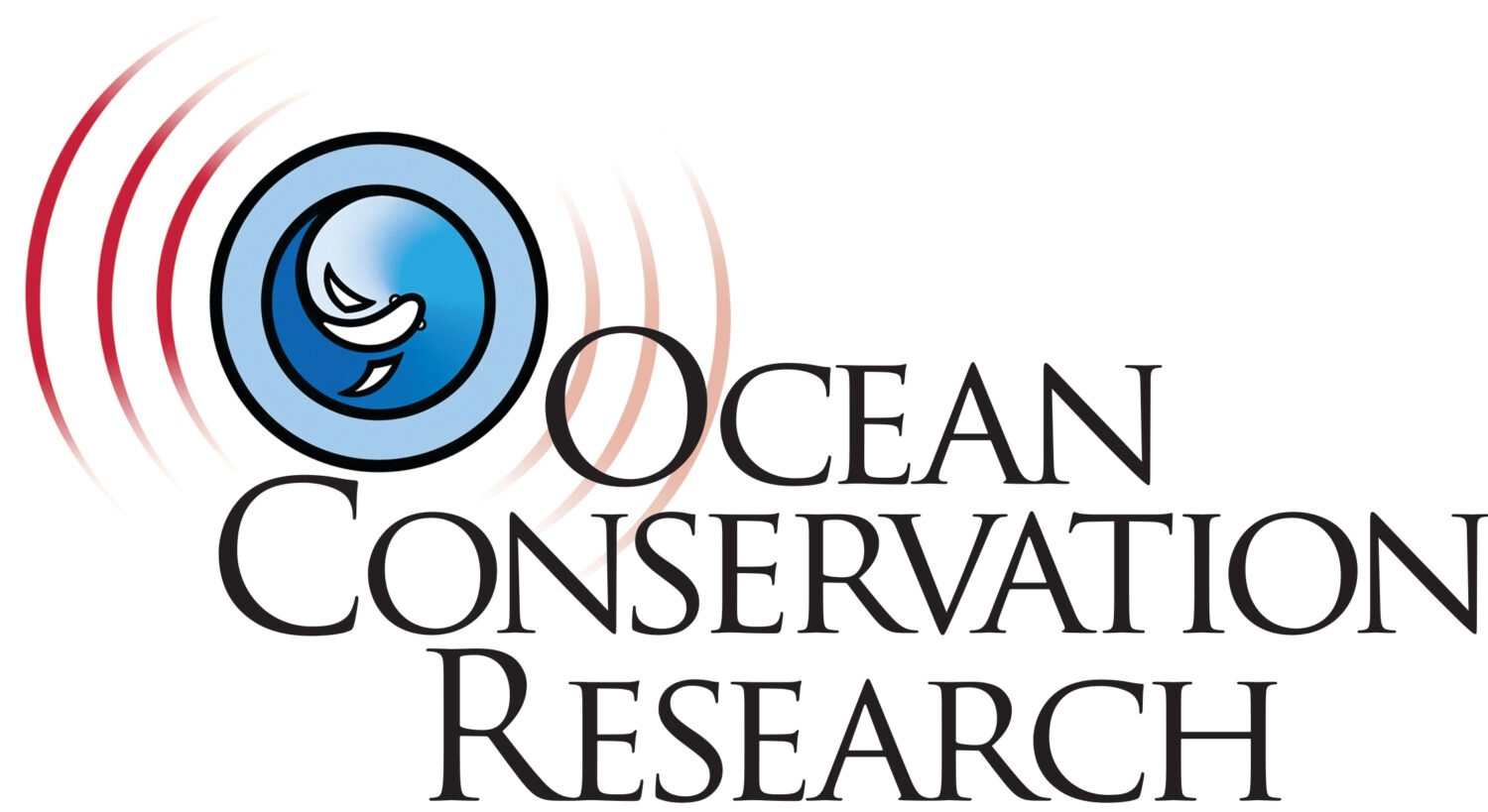While catastrophic whale strandings first brought the public’s attention to the ocean noise impacts, a greater noise concern is the impact of the ever increasing “acoustic smog” from human noise sources. This problem is called “masking” – what happens when the noise field interferes with important bioacoustic cues.
Anyone who has attempted to have an intimate conversation in a crowded restaurant is familiar with this. But unlike marine animals that are constrained by other characteristics of their habitat, if our conversation becomes more important than the restaurant we can just up and leave. This option was not available to these Northern Resident Orcas as a cruise ship passes through their neighborhood.
This cruise ship scenario is quite obviously annoying to us; and there is evidence that increasing noise from boat traffic (including whale watching boats) is changing the way orcas behave and communicate. But putting the “duh” factor aside we really don’t know how much and what ways our noises interfere with bioacoustic adaptations that have evolved over tens of millions of years (for cetaceans) and hundreds of millions of years for fish.
The ocean can be and has been a really noisy environment – crashing waves, calving icebergs, lightning bolts and earthquakes all encroaching on a noise field of singing whales, whistling barnacles, and chorusing fish. Marine animals have figured out ways to cut through this noise. One strategy used is by inhabiting “acoustical niches” – communicating in frequency bands that are not otherwise used by other critters.
 But the broadband noise from ship traffic, or seismic airgun surveys (or the roar of crashing waves) does not lend well to the frequency-band selection implied in an “acoustical niche.”
But the broadband noise from ship traffic, or seismic airgun surveys (or the roar of crashing waves) does not lend well to the frequency-band selection implied in an “acoustical niche.”
Dr. Colleen Reichmuth and her shoal of grads and undergrads at the UCSC Pinneped Cognition and Sensory System Lab is working with Arctic seals to determine the effects of masking signals on their hearing acuity. Buy running unmasked auditory threshold tests on the seals, and then testing their thresholds in the presence of a masking signal they can determine how the masker affects their hearing. (If you watch no other non-work-related videos today, I’d stick with these…)
Of course these “operant conditioning” studies use lab-calibrated signals with a necessarily uncomplicated set of variables. The band-limited ‘pink noise’ is nowhere near as obnoxious as the frictious grind and cavitation of a cruise ship propeller, nor are the pure sine wave tones used anywhere near the complexity of some of the ice seal’s vocalizations (bearded seal in this instance).
While Dr. Reichmuth’s lab results lie somewhere in between the limits and extents found in open marine habitats; they can still tell us a lot about the impacts of our noise on her subject species, and what we can do to be a bit less disruptive.
